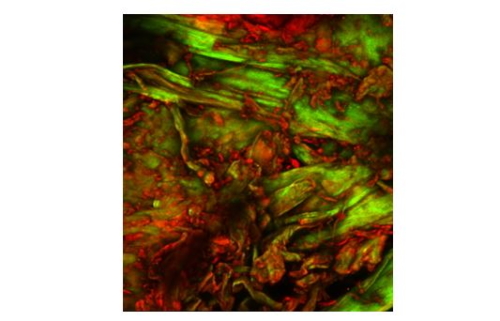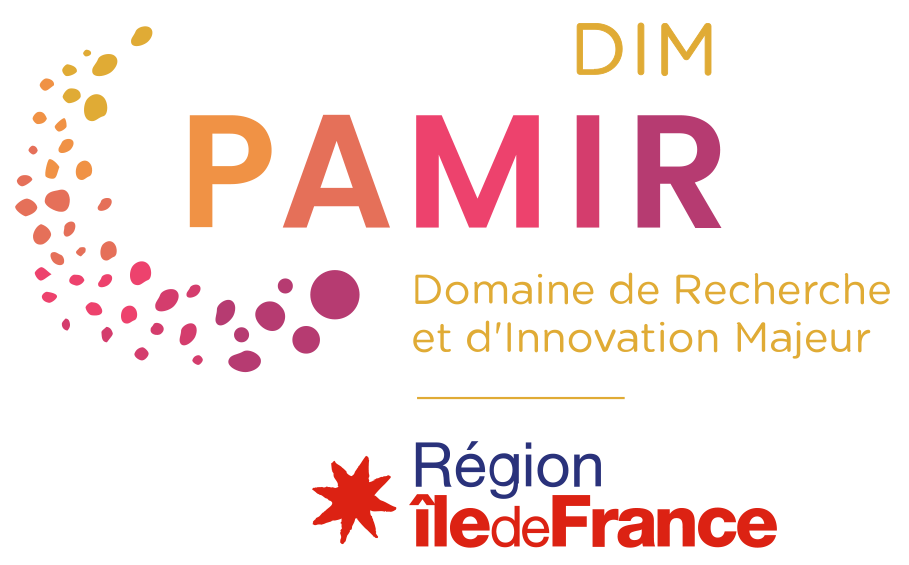
OPTIMART
Microscopie Optique Non Linéaire pour les Matériaux du Patrimoine
Responsabilité scientifique :
- Laurianne Robinet
Axes de recherche :
Altération et conservation
Analyses en toute sécurité
Matériaux d’artistes et matérialité des œuvres
Objets : provenance, chaînes opératoires, pratiques
Analyses en toute sécurité
Matériaux d’artistes et matérialité des œuvres
Objets : provenance, chaînes opératoires, pratiques
Financement :
- DIM Matériaux anciens et patrimoniaux
- Equipex Espadon
- MNHN
ID projet : IDF-DIM-MAP-2021-5-002
Descriptif :
The aim of the project is the acquisition of a nonlinear optical microscope dedicated to the heritage community in the vicinity of the collections on the site of the Muséum national d’Histoire naturelle in Paris. Non-linear optical microscopy (NLO) is a truly unique and innovative technique in cultural heritage science, as it allows non-invasive and non-destructive three-dimensional imaging of materials at the micrometer scale. The objective is to provide the community with a commercial equipment that is easy to use by non-specialists, with a configuration optimized for the in-situ analysis of objects. The instrument will allow the collection of second harmonic generation (SHG) signals, specific to noncentrosymmetric organization, as in fibrillar collagen and cellulose, and the measurement of polarization-resolved SHG signals to quantify the degradation of these materials. It will also allow the joint collection of fluorescence signals and fluorescence spectra to characterize the nature of this fluorescence.
This technique will offer new possibilities to examine the morphological organization and the state of degradation in a wide variety of materials found in cultural heritage, notably collagen-based materials (parchment, leather, natural history specimens, bone), cellulose-based materials (paper, textile, wood) or varnished objects (paintings, musical instruments). The technique will also give the possibility of conducting research into the impact of manufacturing techniques, the environment or the use of restoration treatments on the studied materials. This instrument, fully dedicated to cultural heritage science and in the vicinity of the collections will be unique in France and even at the international level. It will also be part of the EquipEx+ ESPADON project, and as a result it will benefit from the development of unique digital resources for processing, storing and managing the data produced, as well as interoperability development between several imaging techniques.
This technique will offer new possibilities to examine the morphological organization and the state of degradation in a wide variety of materials found in cultural heritage, notably collagen-based materials (parchment, leather, natural history specimens, bone), cellulose-based materials (paper, textile, wood) or varnished objects (paintings, musical instruments). The technique will also give the possibility of conducting research into the impact of manufacturing techniques, the environment or the use of restoration treatments on the studied materials. This instrument, fully dedicated to cultural heritage science and in the vicinity of the collections will be unique in France and even at the international level. It will also be part of the EquipEx+ ESPADON project, and as a result it will benefit from the development of unique digital resources for processing, storing and managing the data produced, as well as interoperability development between several imaging techniques.

